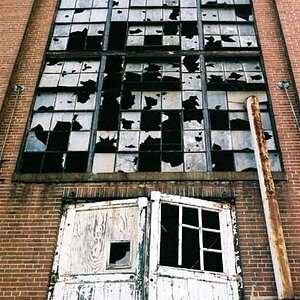droad
TPF Noob!
- Joined
- Apr 19, 2016
- Messages
- 5
- Reaction score
- 0
- Can others edit my Photos
- Photos NOT OK to edit
I'm still a true beginner. I've always assumed that photos taken with the same camera of an object at the same distance with two different lens set for the same focal length would yield a similar sized photo of the object. However in a test today I'm finding that isn't true.
Please ignore my photo quality as I was just trying to test the concept. I used a Nikon D7200 on a tripod. The subject is a box sitting at 55" from the focal plane. I used a Nikon 55-300 DX lens at 300mm and a Tamron 16-300 DX lens at 300mm. As you can see in the resulting photos of the box is very different.
I'm trying to figure out why that is.
Please ignore my photo quality as I was just trying to test the concept. I used a Nikon D7200 on a tripod. The subject is a box sitting at 55" from the focal plane. I used a Nikon 55-300 DX lens at 300mm and a Tamron 16-300 DX lens at 300mm. As you can see in the resulting photos of the box is very different.
I'm trying to figure out why that is.







![[No title]](/data/xfmg/thumbnail/39/39224-aa3271aa220fe57f37caf898b6984846.jpg?1619738926)







![[No title]](/data/xfmg/thumbnail/31/31039-558cdb3d311dc67b7a2134527e230488.jpg?1619734582)

